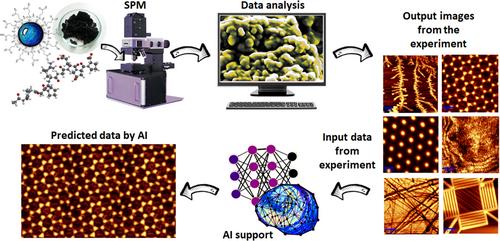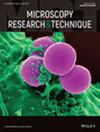How scanning probe microscopy can be supported by artificial intelligence and quantum computing?
Abstract
The impact of Artificial Intelligence (AI) is rapidly expanding, revolutionizing both science and society. It is applied to practically all areas of life, science, and technology, including materials science, which continuously requires novel tools for effective materials characterization. One of the widely used techniques is scanning probe microscopy (SPM). SPM has fundamentally changed materials engineering, biology, and chemistry by providing tools for atomic-precision surface mapping. Despite its many advantages, it also has some drawbacks, such as long scanning times or the possibility of damaging soft-surface materials. In this paper, we focus on the potential for supporting SPM-based measurements, with an emphasis on the application of AI-based algorithms, especially Machine Learning-based algorithms, as well as quantum computing (QC). It has been found that AI can be helpful in automating experimental processes in routine operations, algorithmically searching for optimal sample regions, and elucidating structure–property relationships. Thus, it contributes to increasing the efficiency and accuracy of optical nanoscopy scanning probes. Moreover, the combination of AI-based algorithms and QC may have enormous potential to enhance the practical application of SPM. The limitations of the AI-QC-based approach were also discussed. Finally, we outline a research path for improving AI-QC-powered SPM.
Research Highlights
- Artificial intelligence and quantum computing as support for scanning probe microscopy.
- The analysis indicates a research gap in the field of scanning probe microscopy.
- The research aims to shed light into ai-qc-powered scanning probe microscopy.



 求助内容:
求助内容: 应助结果提醒方式:
应助结果提醒方式:


